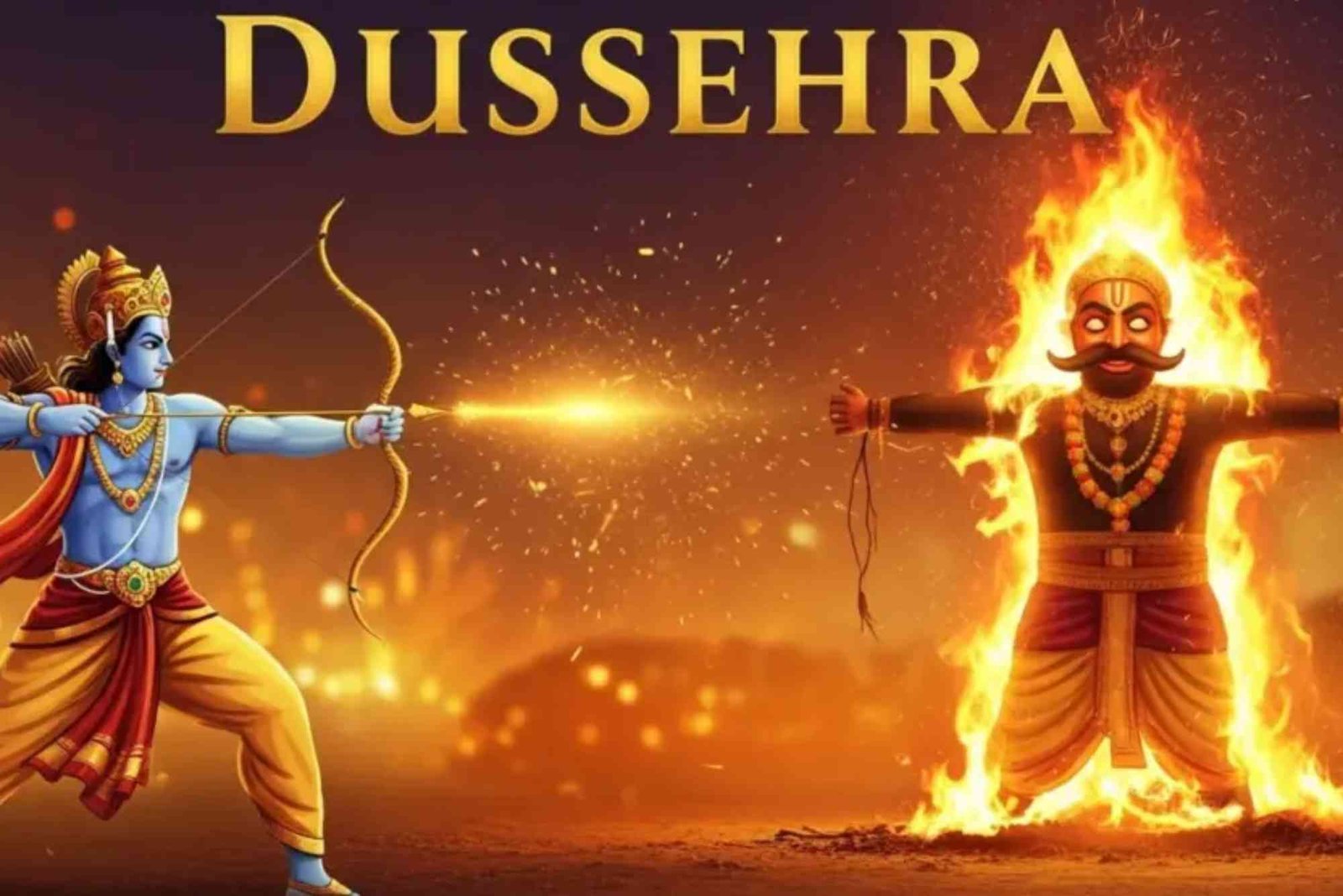Bollywood music songs have long been a significant part of Indian cinema, providing more than just entertainment. They reflect the emotions, culture, and storytelling inherent to the films. From soulful love ballads to high-energy dance tracks, Bollywood music songs resonate with millions of listeners worldwide. In this article, we will explore the history, genres, global impact, and future of Bollywood music.
What Makes Bollywood Music Songs Special?
Bollywood music is a harmonious blend of Indian classical, folk, and Western influences. It is unique due to its ability to cater to various emotions while being deeply rooted in Indian culture.
Fusion of Cultures in Music
Bollywood music has embraced different cultures, creating a distinct sound that appeals to both Indian and international audiences. This fusion of styles and genres, from Indian classical tunes to Western electronic beats, is what makes Bollywood music songs so versatile and captivating.
Lyrics as the Heart of the Song
Lyrics play a crucial role in Bollywood music songs. Unlike in many other film industries, Bollywood songs are more than just background scores. The lyrics often advance the storyline, conveying the emotions and feelings of the characters. The works of lyricists like Gulzar and Javed Akhtar have given Bollywood music a deep emotional resonance that continues to impact generations of listeners.
The Evolution of Bollywood Music Songs
Bollywood music has evolved considerably over the decades, with each era contributing something unique. Let’s explore the various phases of Bollywood music.
The Early Days of Bollywood Music
The origins of Bollywood music can be traced back to the 1930s, where classical and folk influences dominated. Early composers like Khemchand Prakash and Naushad were pioneers who established Bollywood’s musical roots. These early songs were simple yet emotionally powerful, providing a foundation for what would come in later years.
The Golden Era of Bollywood Music
The period between the 1950s and the 1970s is often referred to as the “Golden Era” of Bollywood music. Legendary singers like Lata Mangeshkar and Mohammed Rafi, along with composers such as S.D. Burman and R.D. Burman, created timeless classics during this period. The focus was on melody, with songs that had a soothing and timeless quality.
Popular tracks from this era include Ajeeb Dastan Hai Yeh and Kabhi Kabhie Mere Dil Mein, which are still widely celebrated today.
Experimentation and Innovation in Bollywood Music
As Bollywood entered the 1980s and 1990s, music directors began to experiment with newer sounds and styles. The introduction of Western instruments, synthesizers, and innovative recording techniques gave rise to a new sound. A.R. Rahman became a revolutionary figure during this time, bringing a global flavor to Bollywood music. Songs like Chaiyya Chaiyya and Pehla Nasha are prime examples of this new direction.
Modern Bollywood Music
In the present era, Bollywood music has become more versatile than ever. With the advent of digital technology and international collaborations, Bollywood music songs now appeal to a global audience. Contemporary music composers like Pritam, Amit Trivedi, and Vishal-Shekhar are blending traditional Indian elements with modern genres like hip-hop, EDM, and rap.
Major Genres in Bollywood Music Songs
Bollywood music spans a variety of genres, catering to different moods and occasions. Some of the most popular genres include:

Romantic Songs
Bollywood has produced some of the most iconic romantic songs in the world. Whether it’s the heartfelt Tum Hi Ho or the unforgettable Tujhe Dekha To, Bollywood’s romantic songs have a way of tugging at the heartstrings.
Item Numbers
Item numbers are upbeat, dance-oriented tracks designed to entertain. These songs often feature catchy beats and bold performances. Songs like Munni Badnaam Hui and Sheila Ki Jawani have become iconic in this genre.
Devotional and Spiritual Songs
Devotional tracks have always been a part of Bollywood music, adding a spiritual dimension to films. Songs like Kun Faya Kun and O Palan Hare offer solace and peace, and they resonate with listeners on a deeper level.
Party Songs
Bollywood party songs are energetic and perfect for celebrations. With lively beats and catchy lyrics, tracks like Kala Chashma and Lungi Dance are guaranteed to get people on the dance floor.
Global Influence of Bollywood Music Songs
Bollywood music has transcended national boundaries, gaining a massive global following. Its catchy melodies and energetic rhythms have found fans in countries across the world.
International Collaborations and Recognition
Bollywood has increasingly collaborated with international artists to create music that appeals to a global audience. Akon’s collaboration on the song Chammak Challo in Ra.One and Pitbull’s appearance in Party on My Mind are just two examples of how Bollywood music has crossed over into global pop culture.
Bollywood Music’s Popularity at Global Events
Bollywood music is now a regular feature at international events, from weddings to festivals. The song Jai Ho from Slumdog Millionaire won the Academy Award for Best Original Song, further cementing Bollywood’s influence on the world stage.
The Role of Technology in Shaping Bollywood Music
The rise of technology has played a crucial role in the growth of Bollywood music. With music streaming platforms and social media, Bollywood songs are now more accessible to a global audience.
Streaming Platforms Expanding Reach
Bollywood music is now available on all major streaming platforms like Spotify, Apple Music, and YouTube. This has allowed fans from all over the world to discover and enjoy Bollywood songs, further increasing the genre’s global footprint.
Social Media and Viral Bollywood Songs
Social media platforms like Instagram and TikTok have played a significant role in popularizing Bollywood music. Tracks like Ghungroo from War have gone viral on these platforms, making them household names worldwide.
Table: Iconic Bollywood Music Songs
| Song Title | Movie | Singer | Year |
|---|---|---|---|
| Tum Hi Ho | Aashiqui 2 | Arijit Singh | 2013 |
| Chaiyya Chaiyya | Dil Se | Sukhwinder Singh | 1998 |
| Kabhi Kabhie Mere Dil Mein | Kabhi Kabhie | Mukesh | 1976 |
| Tujhe Dekha To | Dilwale Dulhania Le Jayenge | Lata Mangeshkar, Kumar Sanu | 1995 |
| Jai Ho | Slumdog Millionaire | A.R. Rahman | 2008 |
| Kal Ho Naa Ho | Kal Ho Naa Ho | Sonu Nigam | 2003 |
| Piya Tu Ab To Aaja | Caravan | Asha Bhosle | 1971 |
| Pehla Nasha | Jo Jeeta Wohi Sikandar | Udit Narayan | 1992 |
The Future of Bollywood Music Songs
The future of Bollywood music looks promising, with new trends emerging and increasing experimentation. Bollywood is constantly evolving, with a growing focus on independent artists and international collaboration.
Emergence of Indie Artists in Bollywood
The inclusion of indie artists in mainstream Bollywood films is on the rise. This shift is giving Bollywood music a more diverse and eclectic sound. Artists like Prateek Kuhad and Ritviz are bringing a fresh approach to Bollywood music songs.
Multilingual Songs for a Global Audience
As Bollywood continues to gain global recognition, we are seeing an increase in multilingual tracks. These songs appeal to international audiences while maintaining the essence of Bollywood’s signature style.
Highlighted Paragraph:
Bollywood music songs are much more than just tunes; they are the heartbeat of Indian cinema, reflecting emotions, stories, and culture. Whether it’s a classic melody from the Golden Era or a modern dance track, Bollywood music has the power to evoke emotions, connect people, and bring joy to listeners worldwide.
Bollywood music songs have evolved over the decades, adapting to changing trends while retaining their cultural significance. From romantic ballads to high-energy item numbers, Bollywood music offers something for everyone. Its influence on global culture continues to grow, making it a beloved genre across the world. With the rise of streaming platforms and indie music, the future of Bollywood music looks bright, ensuring that it will continue to captivate audiences for generations to come.










